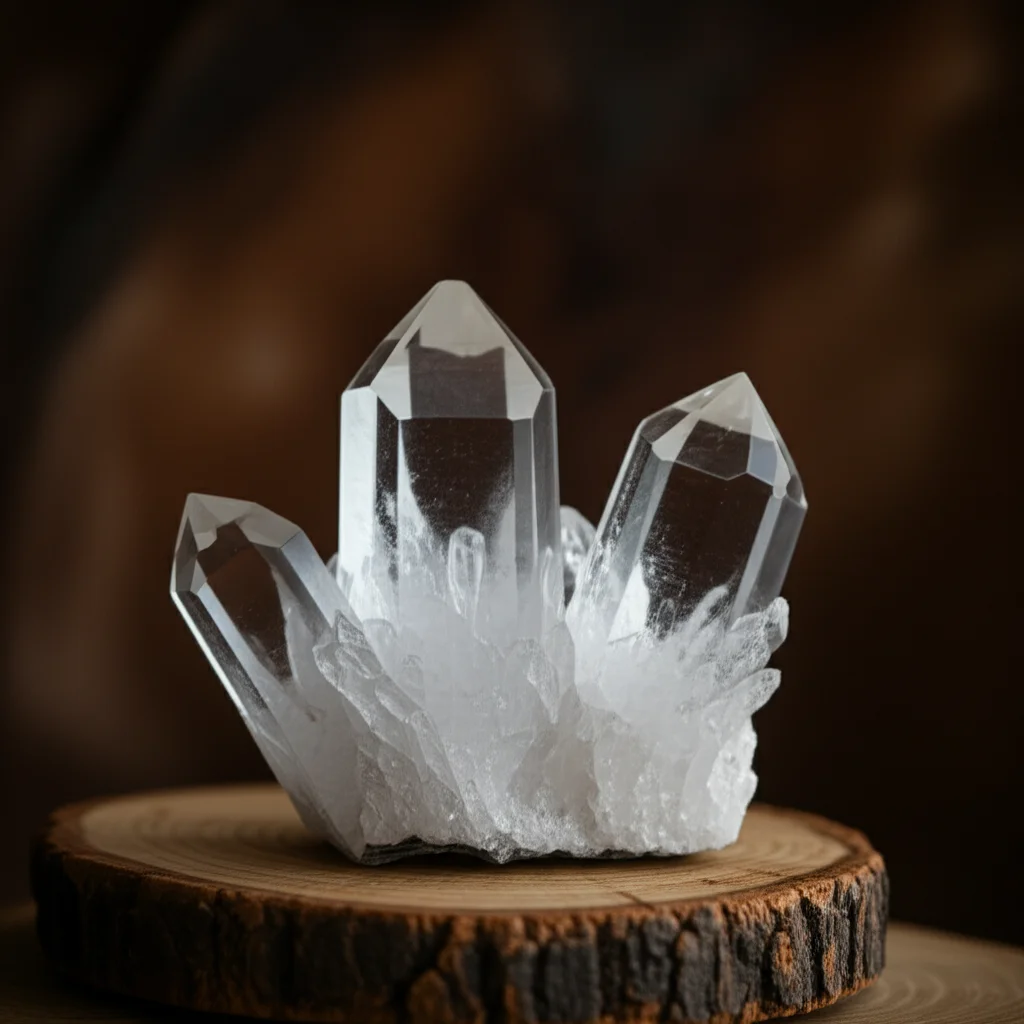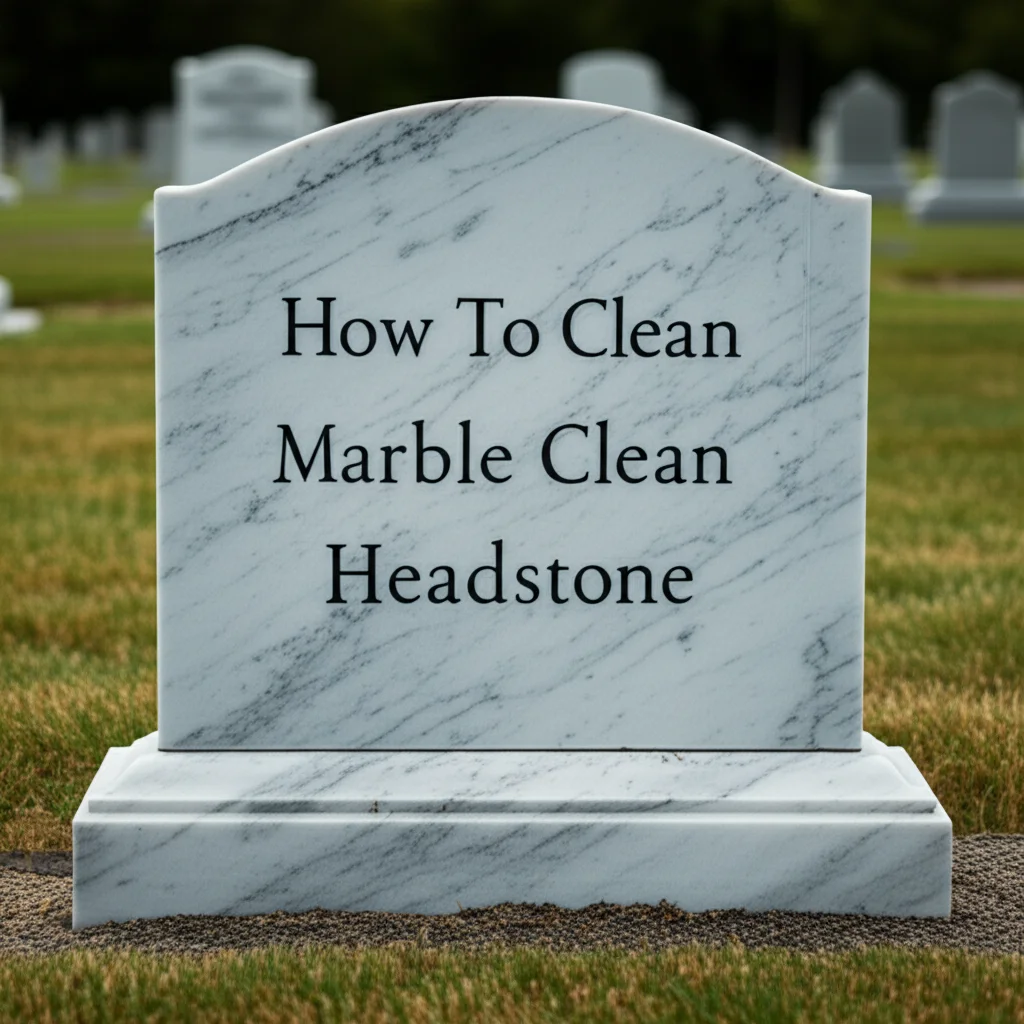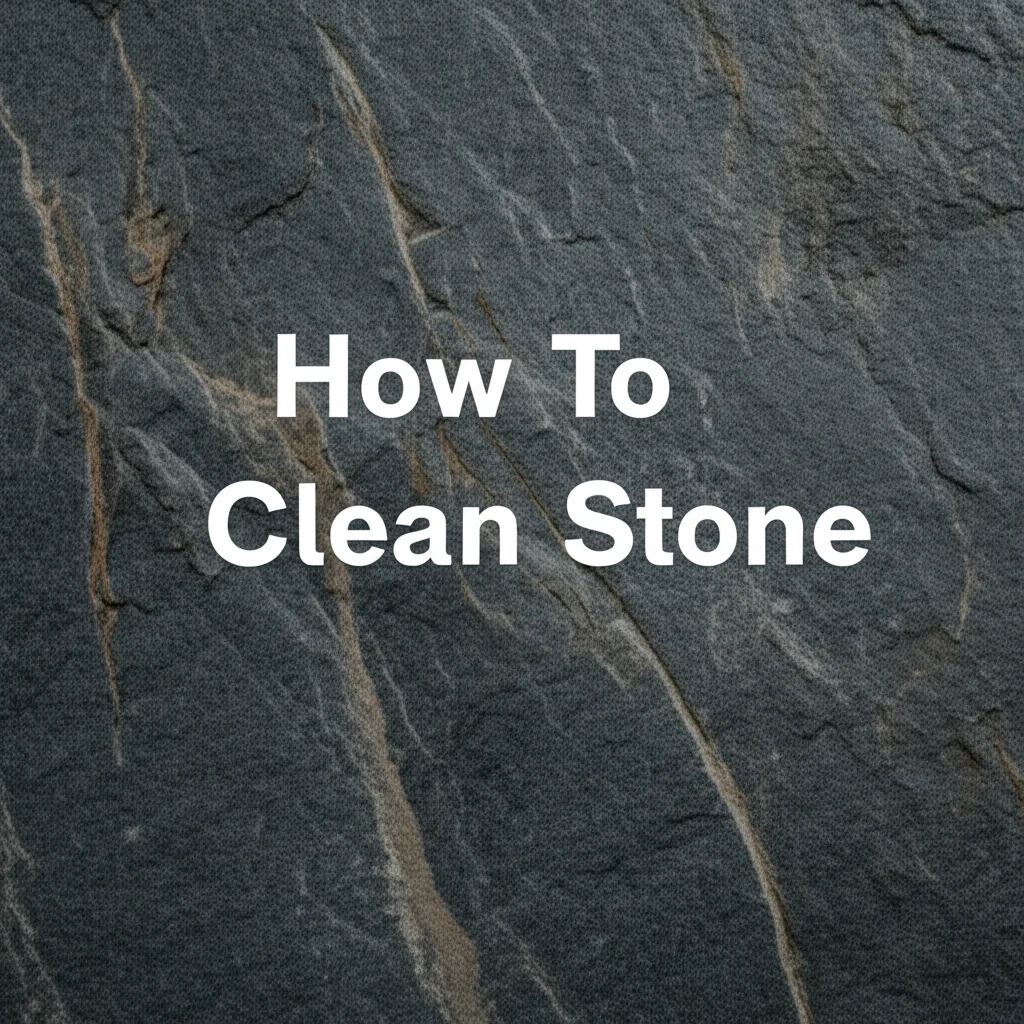· Todd Martin · Mineral Care · 14 min read
How To Clean Obsidian

Unveiling the Shine: How To Clean Obsidian Safely
Have you ever wondered how to bring back the deep, mesmerizing luster of your obsidian pieces? Obsidian, a unique volcanic glass, is both beautiful and delicate. Knowing the right way to clean obsidian ensures its longevity and preserves its natural beauty. This guide provides you with clear, simple steps to care for your obsidian, whether it’s a piece of jewelry, a decorative sphere, or a raw specimen. We will cover essential tools, safe cleaning techniques, and important tips to avoid common mistakes.
Takeaway:
- Use soft cloths and distilled water for routine obsidian cleaning.
- Avoid harsh chemicals and abrasive materials to prevent scratches.
- Clean obsidian gently and dry it thoroughly to maintain its shine.
To clean obsidian, gently wipe it with a soft, lint-free cloth dampened with distilled water. For deeper cleaning, use a mild, non-abrasive soap and rinse thoroughly under cool water. Always dry the obsidian immediately with a clean, soft cloth to prevent water spots and restore its natural shine.
Understanding Obsidian: A Unique Volcanic Glass
Obsidian is a fascinating natural glass formed from rapidly cooling lava. It is known for its smooth, glassy texture and sharp edges when fractured. This makes it a popular material for various items, from jewelry to decorative sculptures. I find its deep, reflective surface truly captivating.
Unlike crystalline stones, obsidian lacks an organized atomic structure, making it more prone to chipping or scratching. It can be found in various forms, including black, rainbow, snowflake, and mahogany obsidian. Each type requires the same gentle care to maintain its integrity and beauty. Understanding its natural properties helps you choose the correct cleaning approach. Its delicate nature means harsh methods can cause permanent damage.
Essential Tools and Materials for Cleaning Obsidian
Gathering the right supplies before you start cleaning obsidian makes the process smooth and safe. You do not need many items, but the quality of your tools matters greatly. Using the wrong materials can easily scratch or damage the obsidian’s surface. I always make sure I have these simple tools on hand.
Here is a list of the essential materials you will need:
- Soft, Lint-Free Cloths: Microfiber cloths are ideal because they are gentle and highly absorbent. Avoid rough towels or cloths that could leave fibers or scratches.
- Distilled Water: Tap water contains minerals that can leave water spots or mineral deposits on obsidian, especially after drying. Distilled water is pure and helps prevent these issues.
- Mild Soap (Optional): A gentle, pH-neutral soap like pure Castile soap or a mild dish soap is suitable for more stubborn dirt. Avoid strong detergents, abrasive cleaners, or soaps with harsh chemicals, which can dull the obsidian’s surface or cause etching.
- Soft-Bristled Brush (Optional): A very soft toothbrush or a designated jewelry brush can help dislodge dirt from crevices, especially in intricate pieces. Ensure the bristles are soft and do not scratch the surface.
- Cotton Swabs (Optional): These are useful for reaching small, tight areas, particularly on obsidian jewelry.
Having these items ready ensures you are prepared for a safe and effective cleaning session. Always prioritize gentleness when selecting your cleaning tools for any delicate surface, much like how one would approach cleaning delicate stone surfaces.
Step-by-Step Guide: Cleaning Obsidian Jewelry and Small Pieces
Cleaning small obsidian items like rings, pendants, or small tumbled stones requires a delicate touch. These pieces often accumulate oils from skin, dust, and general grime from daily wear. I find this method effective for keeping my obsidian jewelry sparkling.
Follow these steps for a thorough and safe clean:
- Prepare Your Workspace: Lay a soft cloth or towel on a flat surface. This prevents accidental drops and provides a clean area to work on.
- Gentle Dusting: Start by gently wiping the obsidian piece with a dry, soft, lint-free cloth. This removes loose dust and surface debris.
- Damp Wipe with Distilled Water: Dampen a fresh, soft cloth with distilled water. Do not soak the cloth; it should be just damp, not dripping. Gently wipe down the entire obsidian surface. Pay attention to any smudges or light dirt.
- Mild Soap Application (If Needed): If the obsidian has more stubborn dirt or oil buildup, put a tiny drop of mild, pH-neutral soap onto the damp cloth. Lightly rub the cloth together to create a minimal lather. Gently wipe the obsidian with this soapy cloth. Avoid submerging the entire piece in soapy water unless absolutely necessary and for very brief periods, especially if it has metal settings.
- Rinsing: Rinse the obsidian under a slow stream of cool, distilled water. Make sure to thoroughly wash off all soap residue. Soap left on the stone can dry and leave a dull film. This step is similar to carefully rinsing other delicate items to ensure no residue remains.
- Thorough Drying: Immediately after rinsing, use another clean, dry, soft, lint-free cloth to gently pat the obsidian completely dry. Then, gently rub it to bring out its natural shine. Do not let it air dry, as this can lead to water spots, particularly with tap water, which contains minerals that can leave marks on smooth surfaces like glass.
This careful process will help your obsidian jewelry look its best without risking damage. Remember, consistency in gentle cleaning prevents a buildup of grime.
Step-by-Step Guide: Cleaning Larger Obsidian Sculptures or Displays
Larger obsidian pieces, such as spheres, sculptures, or display specimens, may accumulate dust and require occasional deeper cleaning. While the principles are similar to cleaning smaller items, the scale requires a slightly different approach. I find that approaching these larger pieces with patience yields the best results.
Here is how to effectively clean larger obsidian items:
- Prepare a Stable Area: Place the obsidian piece on a stable, flat surface covered with a thick, soft towel or pad. This protects both the obsidian and your surface from scratches.
- Dry Dusting: Use a soft, dry microfiber cloth or a feather duster to carefully remove all loose dust from the surface. For intricate carvings or rough areas, a soft-bristled brush can help dislodge trapped dust.
- Damp Cleaning: Dampen a large, soft cloth with distilled water. Wring it out well so it is only slightly damp. Carefully wipe down the entire surface of the obsidian. For larger areas, you may need to re-dampen the cloth several times. Work in sections to ensure even cleaning.
- Addressing Stubborn Spots: If you encounter stubborn smudges or dirt, add a small amount of mild, pH-neutral soap to the damp cloth. Gently rub the affected area in small circular motions. Be careful not to apply too much pressure.
- Rinsing Large Pieces: For large, unmovable pieces, dip a clean cloth in plain distilled water and wring it out. Use this cloth to wipe away all soap residue. Repeat this rinsing step several times with fresh, clean water and a clean cloth until you are certain all soap is removed. For smaller, movable sculptures, you might gently rinse them under a cool, slow stream of distilled water in a sink, similar to how one might carefully rinse marble to avoid water spots.
- Immediate Drying and Polishing: Immediately dry the obsidian thoroughly with a separate clean, dry, soft cloth. Once dry, use another soft, dry cloth to gently buff the surface. This helps restore the natural sheen and remove any potential streaks. Buffing is crucial for achieving a clear, reflective finish on smooth surfaces, much like one would polish a mirror.
By following these steps, you can keep your larger obsidian displays looking pristine and full of life. Regular gentle cleaning prevents heavy dirt buildup.
Advanced Cleaning: Dealing with Stubborn Grime and Stains on Obsidian
Sometimes, simple wiping is not enough. Obsidian can acquire more stubborn grime, mineral deposits, or even light stains over time. Dealing with these requires a bit more effort, but always remember to prioritize the safety of your obsidian. My experience tells me that patience is key here.
Here are methods for advanced cleaning:
- For Mineral Deposits (Hard Water Spots): Hard water spots can appear if obsidian has been exposed to tap water and air-dried. Mix a solution of equal parts distilled white vinegar and distilled water. Dampen a cotton swab or a corner of a soft cloth with this solution. Gently dab and wipe the mineral spots. Vinegar is a mild acid that can dissolve mineral deposits effectively, a principle sometimes used in cleaning other surfaces like walls. Do not let the vinegar solution sit on the obsidian for extended periods. Immediately after treating, rinse the area with plain distilled water and dry thoroughly.
- For Stubborn Grime or Oily Residue: If regular mild soap isn’t cutting through oily films, consider using a tiny amount of rubbing alcohol (isopropyl alcohol) on a cotton swab. Gently wipe the affected area. Rubbing alcohol can break down oils and grease. However, use it sparingly and ensure good ventilation. Immediately rinse the area with distilled water and dry completely. Test a small, inconspicuous spot first if you are unsure.
- Removing Adhesives or Resins: For very specific issues like dried adhesive (e.g., from a label), a small amount of mineral spirits or acetone on a cotton swab can be used. This is a last resort and requires extreme caution. Apply only to the affected spot, ensuring it does not come into contact with any painted or finished surfaces on the obsidian or surrounding materials. Immediately clean the area with mild soap and water, then rinse with distilled water and dry. Always test in a hidden area first. These chemicals are strong and can damage the obsidian’s surface if used improperly or left on too long.
When facing tough cleaning challenges, remember that prevention is always better. Regular gentle cleaning helps avoid the need for advanced methods. If you are unsure, consult a professional.
Maintaining Obsidian’s Luster and Preventing Damage
Keeping your obsidian beautiful is not just about cleaning; it is also about proper care and handling. Regular maintenance helps preserve its stunning luster and prevents potential damage. I believe consistent, mindful care extends the life of any beloved item, and obsidian is no exception.
Here are key practices for maintaining your obsidian:
- Regular Dusting: Dust can accumulate quickly and, if left, can become a dulling layer. Regularly dust your obsidian pieces with a soft microfiber cloth or a feather duster. This simple act prevents dirt from building up and bonding to the surface.
- Proper Storage: Store obsidian pieces separately from harder stones or metals that could scratch them. For jewelry, use soft pouches or jewelry boxes with individual compartments. For larger specimens, ensure they are in a stable location where they won’t be easily knocked over. Avoid direct sunlight for prolonged periods, as extreme temperature changes can stress the stone, though obsidian is generally stable in typical indoor environments.
- Handle with Care: Always pick up obsidian pieces carefully, especially those with sharp edges or delicate carvings. Avoid dropping them, as they can chip or break easily, much like glass. Handle them by their base or thickest part whenever possible.
- Avoid Harsh Environments: Keep obsidian away from harsh chemicals, strong detergents, and abrasive materials. Do not use chemical cleaners meant for other surfaces on obsidian. Avoid exposing it to extreme temperatures or sudden temperature changes.
- Gentle Buffing: After cleaning, or even as part of routine maintenance, gently buff the dry obsidian with a clean, dry, soft cloth. This action enhances its natural shine and removes any lingering smudges or fingerprints, leaving it looking its best.
By integrating these simple maintenance habits into your routine, you can ensure your obsidian pieces retain their captivating beauty for many years. Prevention truly is the best form of preservation for these unique volcanic treasures.
Common Mistakes to Avoid When Cleaning Obsidian
Cleaning obsidian might seem straightforward, but certain practices can cause irreversible damage. Being aware of these common mistakes helps you protect your valuable pieces. I have learned over time that even small errors can have a big impact on delicate items.
Here are pitfalls to steer clear of:
- Using Abrasive Materials: Never use rough sponges, steel wool, or abrasive cleaning powders on obsidian. These will scratch its smooth, glassy surface, permanently dulling its shine. Always opt for soft cloths and gentle brushes.
- Employing Harsh Chemicals: Avoid strong chemical cleaners, ammonia-based products (like some window cleaners), bleach, or commercial jewelry cleaners not specified as safe for obsidian. These chemicals can etch the surface, dull the polish, or even react negatively with certain types of obsidian. Stick to mild, pH-neutral soaps.
- Soaking for Too Long: While a brief rinse is fine, prolonged soaking of obsidian, especially pieces with cracks, inclusions, or metal settings, can be problematic. Water can seep into fissures or behind settings, causing internal damage or tarnishing metal.
- Using Hot Water or Extreme Temperatures: Hot water can cause thermal shock to the obsidian, leading to cracks or internal stresses, especially if the stone is already compromised. Always use cool or lukewarm water. Avoid leaving obsidian in direct sunlight or near heat sources for extended periods.
- Air Drying: Letting obsidian air dry is a common mistake. As mentioned before, minerals in tap water will evaporate and leave noticeable water spots or film on the obsidian’s surface. Always dry your obsidian immediately and thoroughly with a clean, soft cloth after washing.
- Forgetting to Test: Before applying any new cleaning solution or method to a prominent area, always test it on a small, inconspicuous spot. This allows you to check for any adverse reactions without risking the entire piece.
By avoiding these common mistakes, you ensure that your obsidian remains in pristine condition, reflecting its natural beauty for years to come. Carefulness is key when dealing with such a unique material.
Frequently Asked Questions About Cleaning Obsidian
Q1: Can I use tap water to clean my obsidian?
While you can use tap water for a quick rinse, it is best to use distilled water. Tap water contains minerals like calcium and magnesium. These minerals can leave unsightly water spots or a hazy film on the obsidian’s smooth, reflective surface once the water dries. Distilled water ensures a streak-free finish and prevents mineral buildup over time.
Q2: Is it safe to use soap on obsidian?
Yes, it is safe to use a very mild, pH-neutral soap on obsidian for deeper cleaning. Opt for a gentle liquid hand soap or pure Castile soap. Avoid harsh detergents, abrasive cleaners, or soaps with added moisturizers or chemicals. Always dilute the soap well and rinse the obsidian thoroughly to prevent any residue from dulling its shine.
Q3: How often should I clean my obsidian?
The frequency depends on how often you handle or display your obsidian. For jewelry worn daily, a quick wipe with a soft cloth after each use and a deeper clean monthly is good. Display pieces might only need dusting weekly and a deeper clean every few months. Look for signs of dullness or smudges to guide your cleaning schedule.
Q4: Can obsidian be polished to remove scratches?
Obsidian is a glass, and deep scratches cannot be easily polished out at home without specialized equipment. Attempting to polish it yourself with abrasive compounds will likely worsen the damage. For very minor surface scuffs, gentle buffing with a soft cloth can sometimes improve the appearance. For significant scratches, consult a professional lapidary or stone specialist.
Q5: What is the best way to store obsidian?
Store obsidian separately from other harder materials like metals or other crystals that could scratch it. Use individual soft cloth pouches, velvet-lined boxes, or display cases. Ensure it is placed in a stable area where it won’t be easily knocked over or exposed to extreme temperature fluctuations. This protects its delicate surface and integrity.
Q6: Can I use an ultrasonic cleaner for obsidian jewelry?
Using an ultrasonic cleaner for obsidian jewelry is generally not recommended. While these cleaners work well for some gemstones, the vibrations can stress the natural fractures or inclusions within the obsidian, potentially leading to cracks or chipping. The rapid vibrations might also dislodge settings or damage softer metals. Stick to gentle hand cleaning methods.
Conclusion: Maintaining Your Obsidian’s Timeless Beauty
Cleaning obsidian does not have to be a daunting task. By understanding its unique properties as a volcanic glass and following gentle, consistent care routines, you can easily maintain its deep, captivating luster. Remember that the key to preserving your obsidian’s beauty lies in using soft materials, distilled water, and mild, pH-neutral soaps, while always avoiding harsh chemicals and abrasive methods.
Regular dusting and careful handling go a long way in preventing damage and keeping your obsidian looking pristine. Embrace these simple steps to ensure your obsidian jewelry, sculptures, or raw specimens continue to bring you joy for years to come. Take pride in caring for these magnificent pieces of Earth’s artistry. Want to learn more about preserving your precious items? Explore our other guides on home essentials.
- cleaning obsidian
- obsidian care
- volcanic glass cleaning
- stone cleaning
- gemstone maintenance
- how to clean black obsidian




